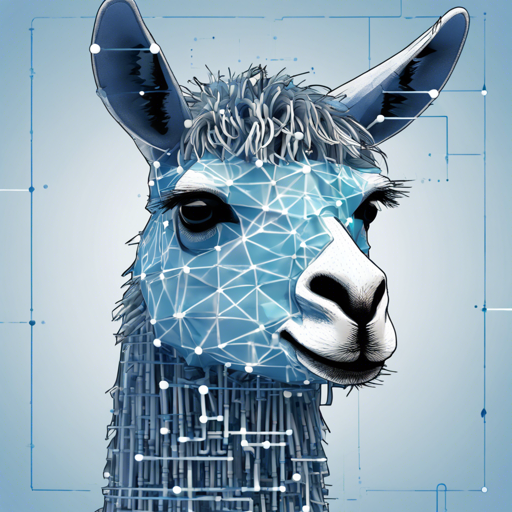The TinyLlama project is an exciting venture in the world of artificial intelligence. This undertaking aims to pretrain a 1.1B Llama model on a staggering 3 trillion tokens. With the right optimizations, you can achieve this monumental task within just 90 days using 16 A100-40G GPUs. Let’s embark on this journey of knowledge together and see how you can set up and monitor your own TinyLlama model.
Getting Started with TinyLlama
Before diving into the training process, it’s essential to understand the prerequisites:
- Hardware Requirements: You will need a powerful setup, ideally with 16 A100-40G GPUs, to handle the immense computational load.
- Software Dependencies: Ensure you have Python and libraries like TensorFlow or PyTorch installed to facilitate model training.
- Dataset: Gather your tokens for training. The TinyLlama model is designed to process 3 trillion tokens.
The TinyLlama Architecture
The TinyLlama model adopts the same architecture and tokenizer as Llama 2. Think of it like building a house with the same blueprints as an already established structure. Just as these blueprints allow you to create a reliable home, the architecture allows TinyLlama to integrate seamlessly into existing projects built around Llama.
Training Process Overview
The training begins on September 1, 2023. Once you have everything set up, here’s how to monitor your training progress:
1. Initialize the training script.
2. Monitor checkpoints regularly:
- Checkpoint names reflect the step and tokens.
3. Evaluate your model with metrics like HellaSwag and ARC.
Why Checkpoints Matter
Checkpoints are like road signs during a long journey. They provide insights on how far you’ve traveled (in this case, how many tokens have been processed) and whether you’re on the right path. Below are examples of checkpoints and their corresponding evaluation results:
| Model | Pretrain Tokens | HellaSwag | Obqa | WinoGrande | ARC_c | ARC_e | boolq | piqa | Average |
|---|---|---|---|---|---|---|---|---|---|
| Pythia-1.0B | 300B | 47.16 | 31.40 | 53.43 | 27.05 | 48.99 | 60.83 | 69.21 | 48.30 |
| TinyLlama-1.1B-intermediate-step-1195k-token-2.5T | 2.5T | 58.96 | 34.40 | 58.72 | 31.91 | 56.78 | 63.21 | 73.07 | 53.86 |
Troubleshooting Ideas
While working on training your TinyLlama model, you may encounter challenges. Here are some troubleshooting ideas you can use:
- Insufficient GPU Memory: If your GPUs run out of memory, consider reducing your batch size or optimizing the model’s architecture.
- Training Failures: Ensure that your dataset is correctly loaded and check your environment setup to resolve any dependency issues.
- Low Performance Metrics: Review your dataset for quality and diversity. If you notice low metrics like HellaSwag or ARC, retraining with improved data could be beneficial.
For more insights, updates, or to collaborate on AI development projects, stay connected with fxis.ai.
Conclusion
At fxis.ai, we believe that such advancements are crucial for the future of AI, as they enable more comprehensive and effective solutions. Our team is continually exploring new methodologies to push the envelope in artificial intelligence, ensuring that our clients benefit from the latest technological innovations.
Now you are equipped with the knowledge to start your TinyLlama training journey! Happy coding!

